Optimal Timing for Waterproofing Projects
Proper timing for waterproofing projects is essential to ensure durability and effectiveness. The optimal periods typically depend on climate conditions, temperature ranges, and moisture levels. Conducting waterproofing during favorable weather conditions can extend the lifespan of the application and reduce the risk of failure.
Spring offers moderate temperatures and lower humidity, making it ideal for waterproofing projects before heavy rain and humidity increase.
Summer can be suitable if temperatures are not excessively high, and there is minimal rainfall during application to prevent moisture interference.
Fall provides cooler temperatures and less humidity, which can be advantageous for waterproofing before winter.
Winter is generally not recommended due to freezing temperatures and increased moisture, which can compromise the effectiveness of waterproofing materials.

Ways to make Waterproofings work in tight or awkward layouts.
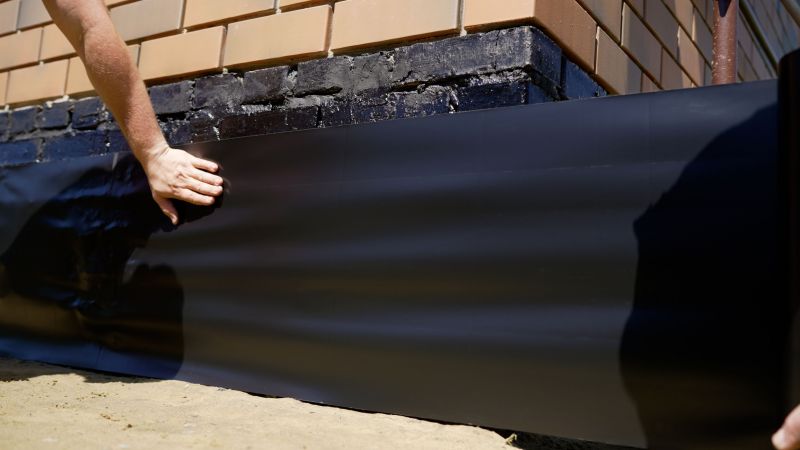
Popular materials for Waterproofings and why they hold up over time.

Simple add-ons that improve Waterproofings without blowing the budget.
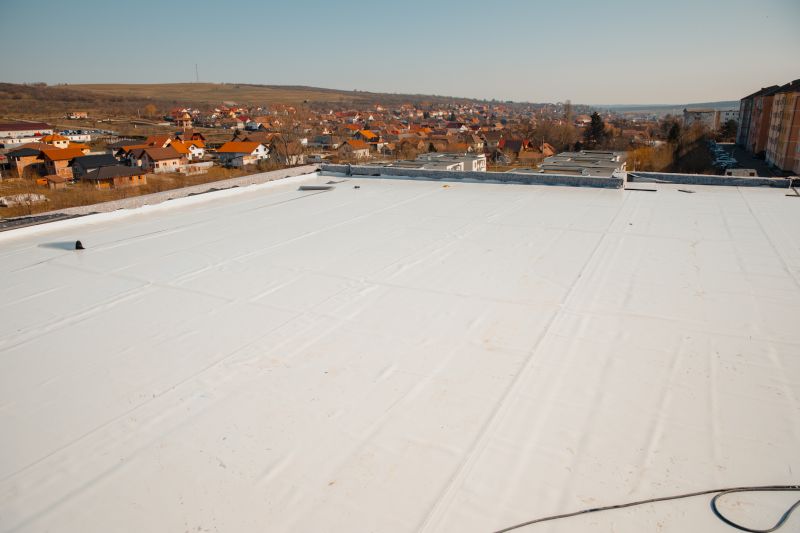
High-end options that actually feel worth it for Waterproofings.
Waterproofings are essential for protecting structures from water intrusion, which can cause damage, mold growth, and structural deterioration. They involve applying specialized materials to surfaces such as foundations, roofs, and basements to create a barrier against moisture. Effective waterproofing extends the lifespan of buildings and prevents costly repairs.
Statistics indicate that waterproofing can reduce water-related damages by up to 80%. Properly timed waterproofing projects can significantly improve a property's durability and value. Selecting the right season and weather conditions ensures optimal adhesion and performance of waterproofing materials, making the investment more effective.
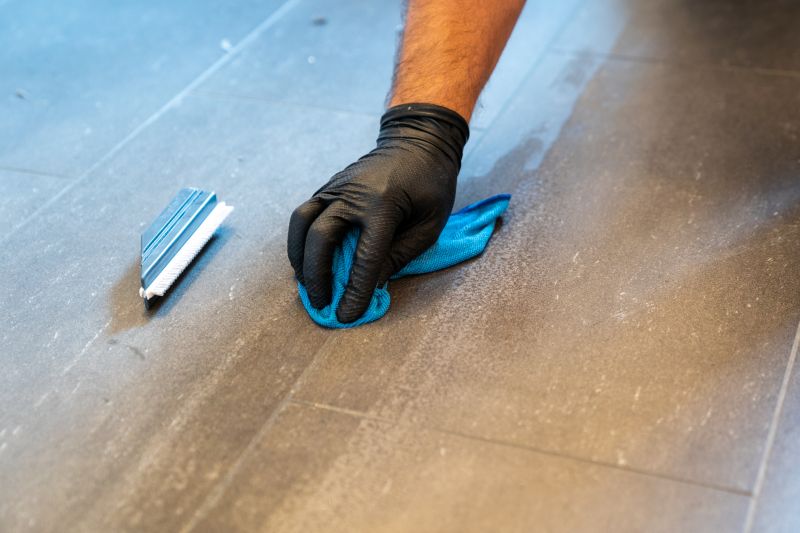
Finishes and colors that play nicely with Waterproofings.
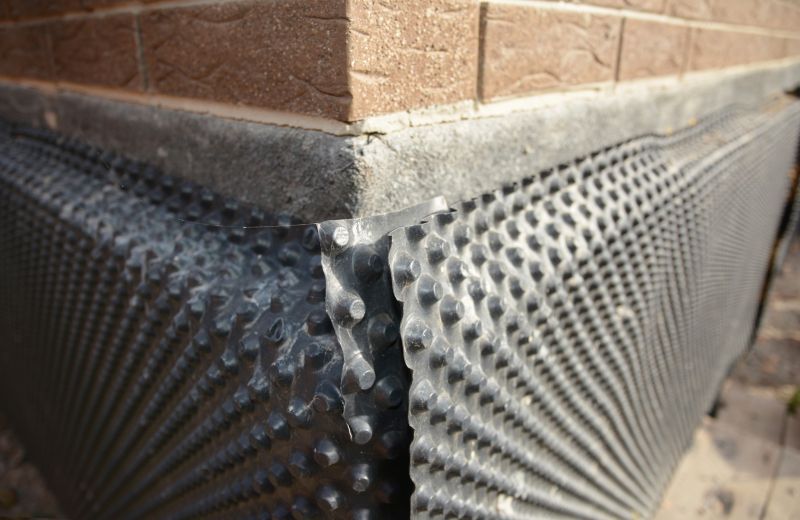
Little measurements that prevent headaches on Waterproofings day.
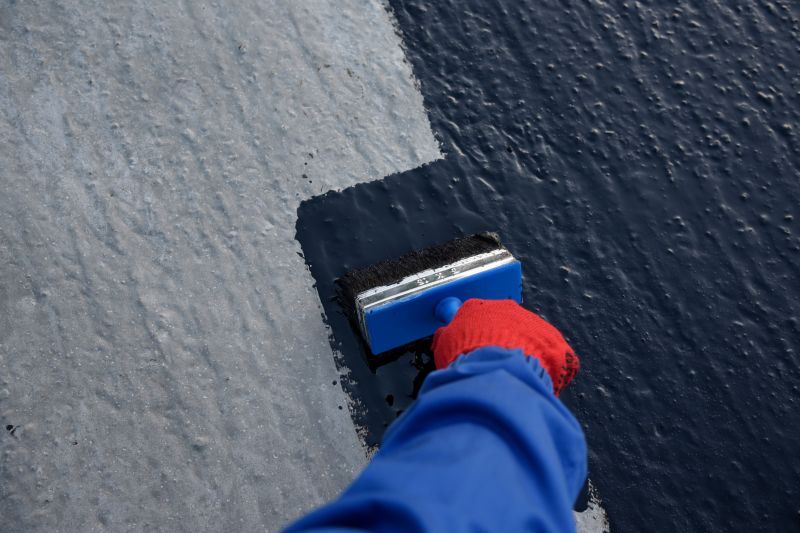
A 60-second routine that keeps Waterproofings looking new.
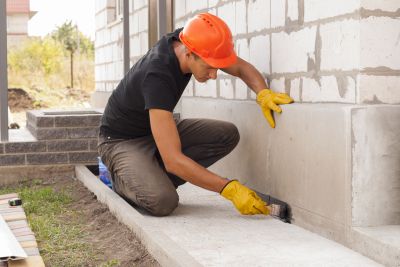
A frequent mistake in Waterproofings and how to dodge it.
| Season | Optimal Weather Conditions |
|---|---|
| Spring | Dry, mild temperatures between 50-85°F, low humidity |
| Summer | Warm temperatures with minimal rain, avoid extreme heat |
| Fall | Cooler temperatures, dry conditions, and low humidity |
| Winter | Not recommended due to freezing temperatures and moisture |
| General Advice | Choose periods with no rain or snow and stable temperatures |
For those interested in scheduling waterproofing projects, it is recommended to contact a professional to assess current weather conditions and plan accordingly. Proper timing ensures the longevity and effectiveness of waterproofing applications, providing lasting protection against water intrusion.

